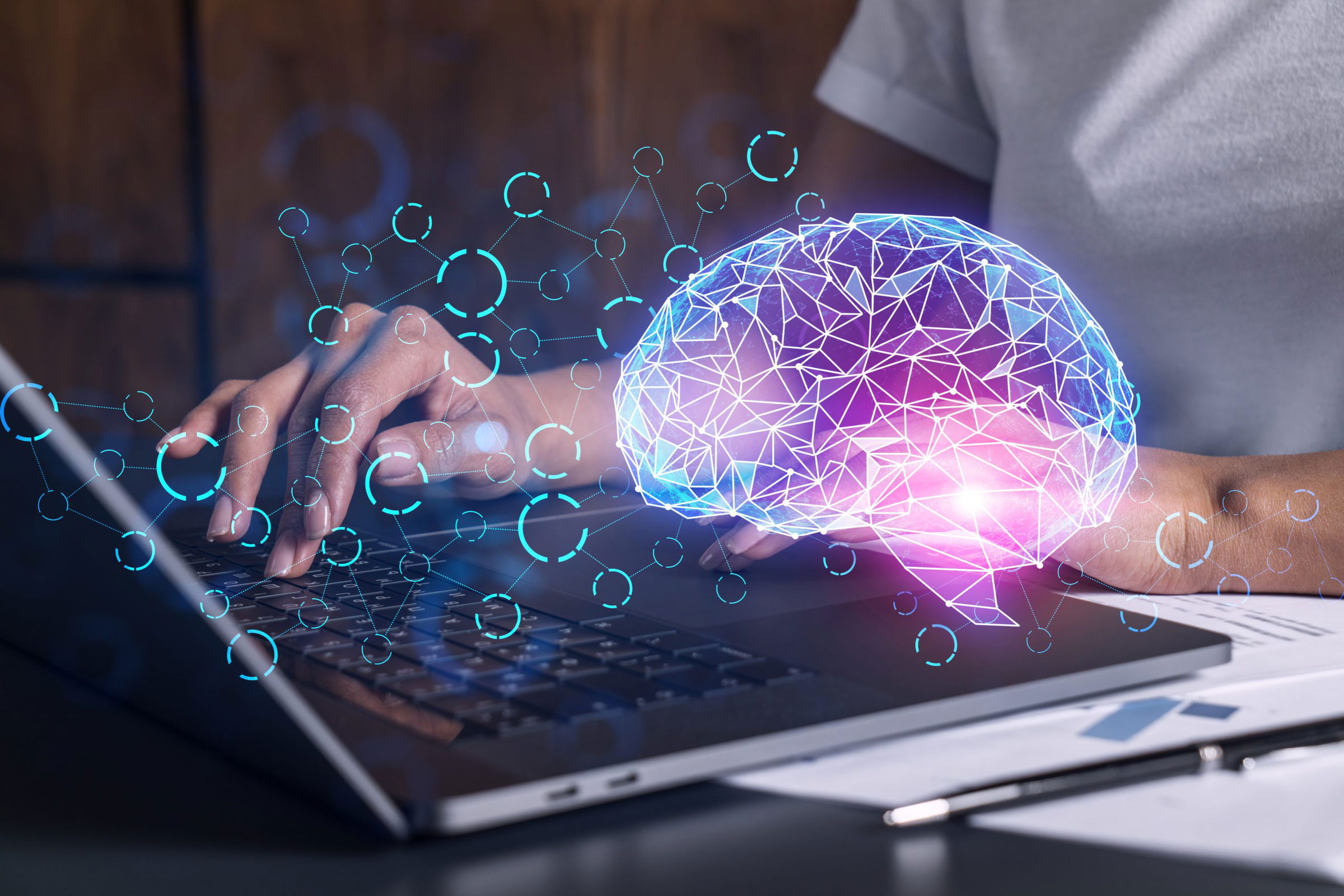AI (artificial intelligence) aims to have computers capable of thinking independently. We are getting closer to achieving that goal, but there are some obstacles in the way. One problem is how computers understand language and communicate with humans. This blog post will discuss how hashes are the future of Artificial Intelligence.
What are vectors and hashes, and how do they differ?
Vectors are a mathematical structure that represents multiple values as a single entity. You can use Vectors in artificial intelligence for matrix multiplication and deep learning tasks. On the other hand, Hashes are a data structure that can store an object’s key-value pairs. You can use hashes in computer science for caching and data mining tasks.
Vectors are better for tasks that require large amounts of data, while hashes are better for jobs that require a small amount of data. For example, vectors are used in deep learning because they can handle a lot of data. Hashes are used in data mining because they can take a small amount of data.
Why are hashes becoming more popular in the world of AI development?
You can use them to teach computers about the environment around them. It’s easy for machines to see what something looks like, but it is much more difficult for them to understand how that object will act in specific scenarios without prior experience. It means hashes can provide a foundation of knowledge that AI systems can understand.
Most importantly, hashes offer a way to understand how the world works without requiring large amounts of data. It is essential because it takes multiple datasets to train neural networks for AI development, and those can be difficult to obtain in some cases.
How can hashes be used to improve the accuracy and efficiency of AI systems?
One way hashes can improve the accuracy and efficiency of AI systems is by reducing the number of dimensions in a vector space. In other words, hashes can help reduce the complexity of data while still preserving its information content. Additionally, you can use hashes as a form of error detection and correction. Incorporating checksums into hash algorithms makes it possible to detect and correct data errors without recomputing the hash.
It can be beneficial for large datasets that are difficult to process in their entirety. Finally, you can use hashes as a form of compression. By representing data as a series of hashes, it is possible to reduce the size of the data while still retaining its information content.
Explore and Learn AI with Imarticus Learning
The Artificial Intelligence certification program collaborates with the E&ICT Academy, IIT Guwahati, and industry professionals to deliver the most satisfactory learning experience for aspiring Artificial Intelligence and Machine Learning students. This curriculum will prepare students for a data scientist, Data Analyst, Machine Learning Engineer, and AI Engineer.
Course Benefits For Learners:
- This Artificial Intelligence course will help students improve their Artificial Intelligence basic abilities.
- Students can now take advantage of an Expert Mentorship program to learn about Artificial Intelligence and Machine Learning in a practical setting.
- This course will assist students in gaining access to attractive professional prospects in the disciplines of Artificial Intelligence and Machine Learning.








 A lot of institutes in India provide
A lot of institutes in India provide 
 Interoperability, APIs, and NLP Efficiency
Interoperability, APIs, and NLP Efficiency